
How a stray cat from Hong Kong became a hero of Sino-British military clash known as the Yangtze incident
When the HMS Amethyst came under fire from communist Chinese forces on the Yangtze River in 1949, fearless feline Simon kept the spirits of the crew up and the rat population down, his gallant efforts earning him a military medal
Second world war veteran Stewart Hett wore many hats while serving as a lieutenant on the British frigate HMS Amethyst in Asia in the late 1940s.
“I was responsible for the ship’s anchor and its classified books. As sports officer I organised games, and as education officer I helped the crew with their exams,” says the 91-year-old from his home in Northwood in London.
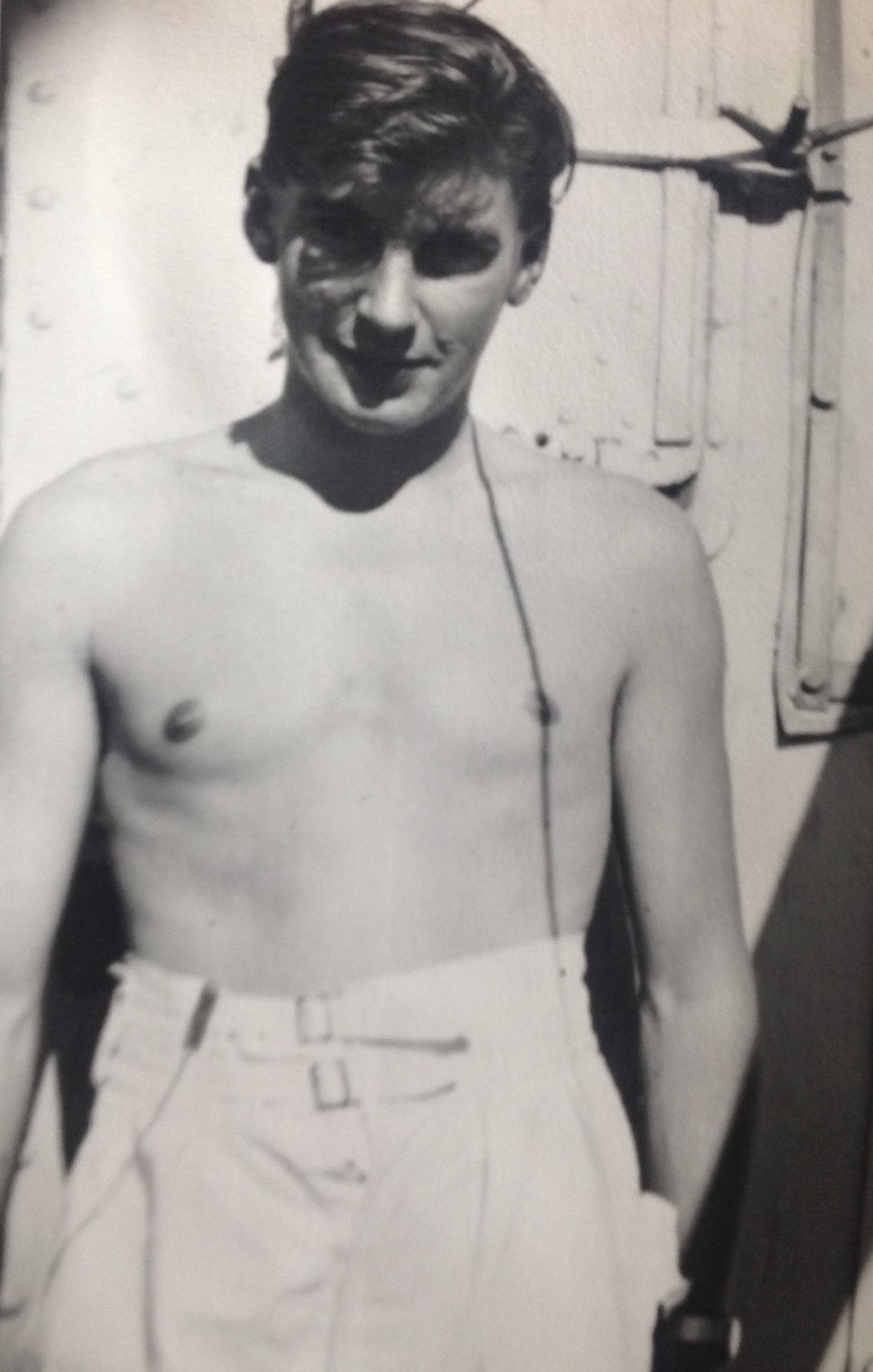
Simon is the only feline recipient of the PDSA Dickin Medal that honours the work of animals who are heroes in conflict situations. Bearing the words “For Gallantry” and “We Also Serve” on a green, brown, and blue ribbon, it was established in 1943 by British animal welfare pioneer Maria Dickin.
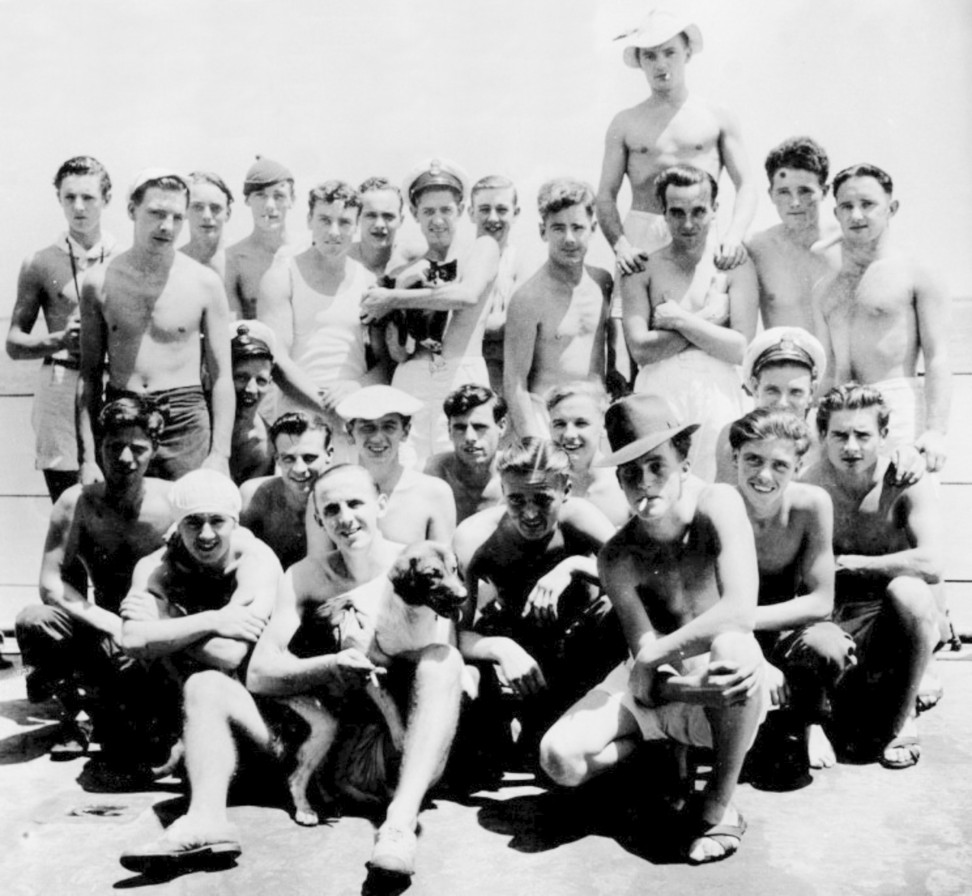
But how did a stray cat from Hong Kong whose heroics inspired the bestselling book, Simon Ships Out: A Heroic Cat at Sea, by British author Jacky Donovan become a celebrated war hero?
Simon’s adventures started in March, 1948, when the skinny black and white cat with green eyes was found wandering Stonecutters Island and smuggled aboard the Amethyst, which was stationed in
Hong Kong in the late 1940s. Stonecutters was then an island in Victoria Harbour but now, thanks to reclamation, it’s part of the Kowloon Peninsula.
Stonecutters has a colourful history: it had snake farms during the Japanese occupation (the venom was milked to provide antidotes for Japanese soldiers bitten on duty in the Pacific).
Later, the island was a dockyard for the British navy, and full of stray cats, many of whom became ship cats, Simon included.
While on board the Amethyst, the tomcat kept the crew’s morale up and the rat population down. Party tricks included fishing ice cubes out of a jug of water, leaving dead rats as “gifts” in sailors’ beds, and sleeping in the captain’s hat.
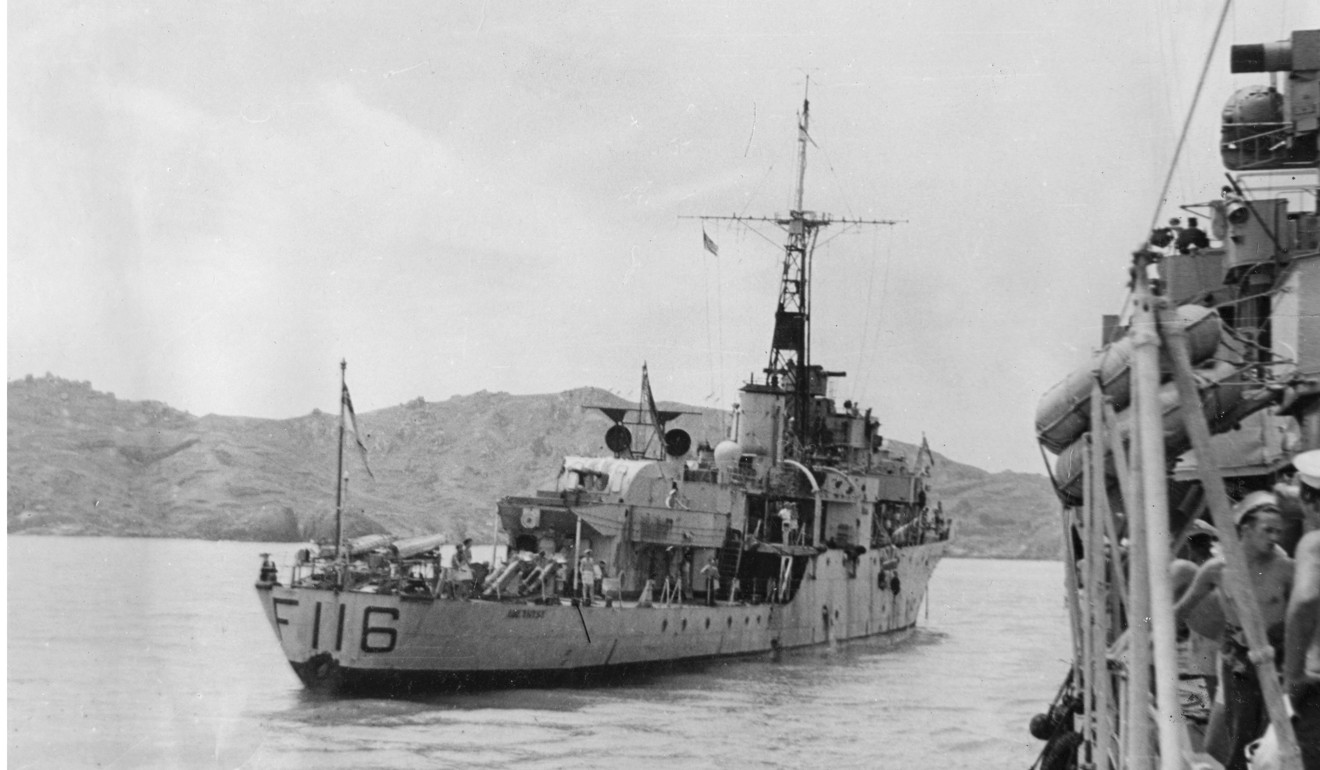
“I first visited Hong Kong in August 1948. It was very hot and there was very little air conditioning in those days,” Hett recalls, comparing it to when he returned as a tourist in 1994.
“I remember the Milk Bar for a quick milk shake – it was one of the few places with air conditioning – and getting a haircut in a backstreet. I remember the Parisian Grill, which served excellent steaks, and buying a wind-up gramophone and records … I had to turn the record over every four minutes as the side played out.”
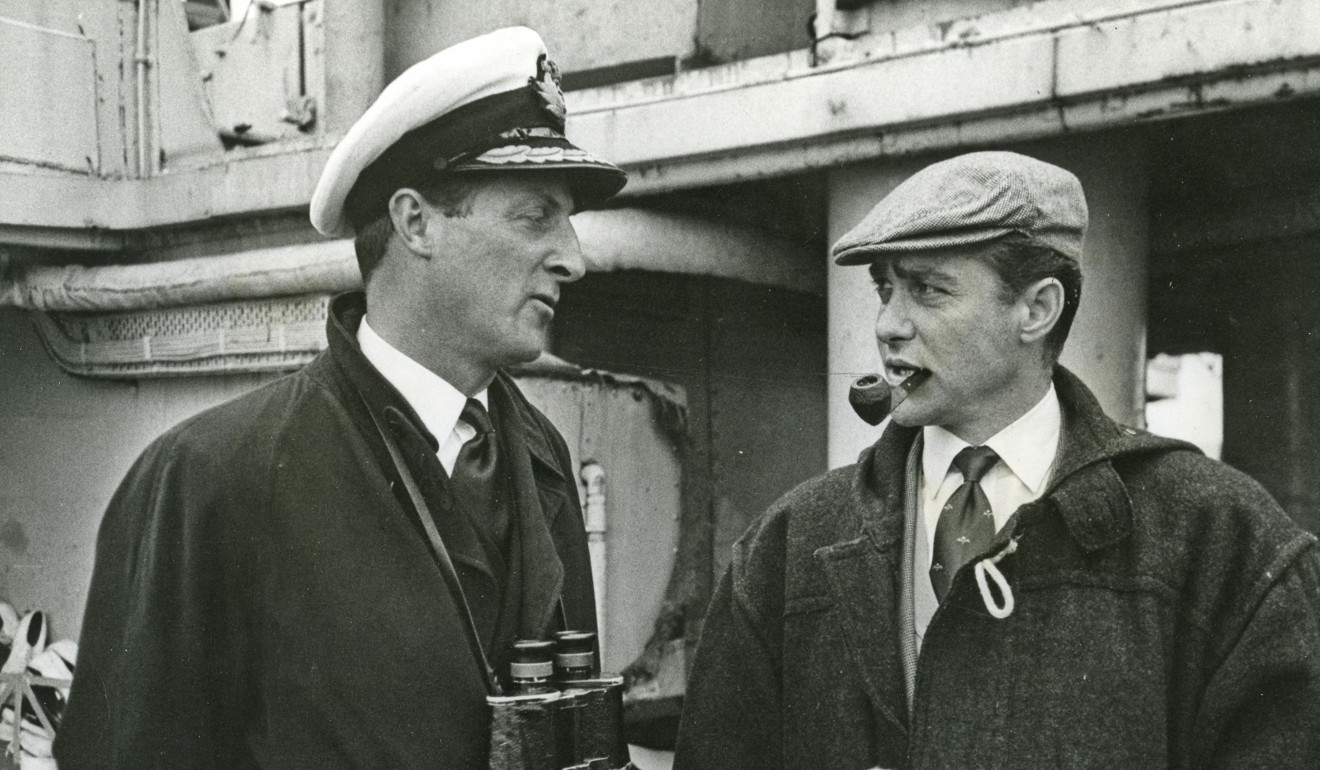
“Simon boosted the morale of those on board, particularly the younger members,” he says. “He began his time on the Amethyst as the captain’s cat but soon became a companion to everyone.”
And morale was certainly in need of a boost following the events that started in late April 1949, to become known as the Yangtze incident, inspiring not only books but the 1957 film Yangtse Incident: The Story of HMS Amethyst. A black and white cat played Simon in the film.
With civil war raging in China between the communist People’s Liberation Army and nationalist Kuomintang forces, the Amethyst was on a mission up the Yangtze River to deliver supplies to the British embassy in Nanjing. The ship came under PLA artillery fire, killing 21 crew members – including the captain, Lieutenant Commander Bernard Skinner – and injuring scores more.
Simon was also hurt, his legs and back injured by shrapnel. He also suffered burns and had a weak heart. The ship’s medic didn’t expect him to live. For the next 101 days the Amethyst was shelled, with rescue attempts by other ships proving too dangerous. During that time Simon recovered and returned to rat-catching duties.
“We spent three months trapped in the Yangtze and our ship’s company, particularly the married men with families, were worried,” Hett says. “But it’s well known that animals have a soothing effect on people in distress, and the presence of Simon and [ship’s dog] Peggy were vital in maintaining the morale of us all.
“Our food stock was limited and we didn’t know how long we would be held in the river. The damaged ship gave plenty of opportunities for rats to breed and threaten our food stocks. This is where Simon really came to the fore by effectively dealing with the rat population.”

Some reports claim Simon killed a rat a day, including a giant one the crew had nicknamed Mao Zedong after the leader of the communist army, earning Simon a promotion to the rank of “Able Seacat”.

Hett says rats were a big problem, the rodents often nibbling at the crews’ toes as they tried to rest in the stifling summer heat.
“One climbed through a ventilation louvre in my cabin and bit my heel while I slept,” he says.
After 101 days on the river, the ship made its heroic escape. “It was a daring night dash down the Yangtze River,” Hett says. “We returned to a tremendous welcome in Hong Kong, where the story of Simon’s deeds were reported in the press, his fame spreading worldwide.”
Soon, the ship was inundated with “an amazing amount of letters addressed to Simon”.
There was so much fan mail that Hett was appointed “Cat Officer” by the captain.
Hett says when the repaired ship left Hong Kong for Britain, “Simon, of course, came with us”.


Hundreds, including the HMS Amethyst crew, attended his funeral at the PDSA Ilford Animal Cemetery (at the time in Essex) where he was buried – in plot 281 – with full naval honours in a Union-flag-draped casket, made just for him.
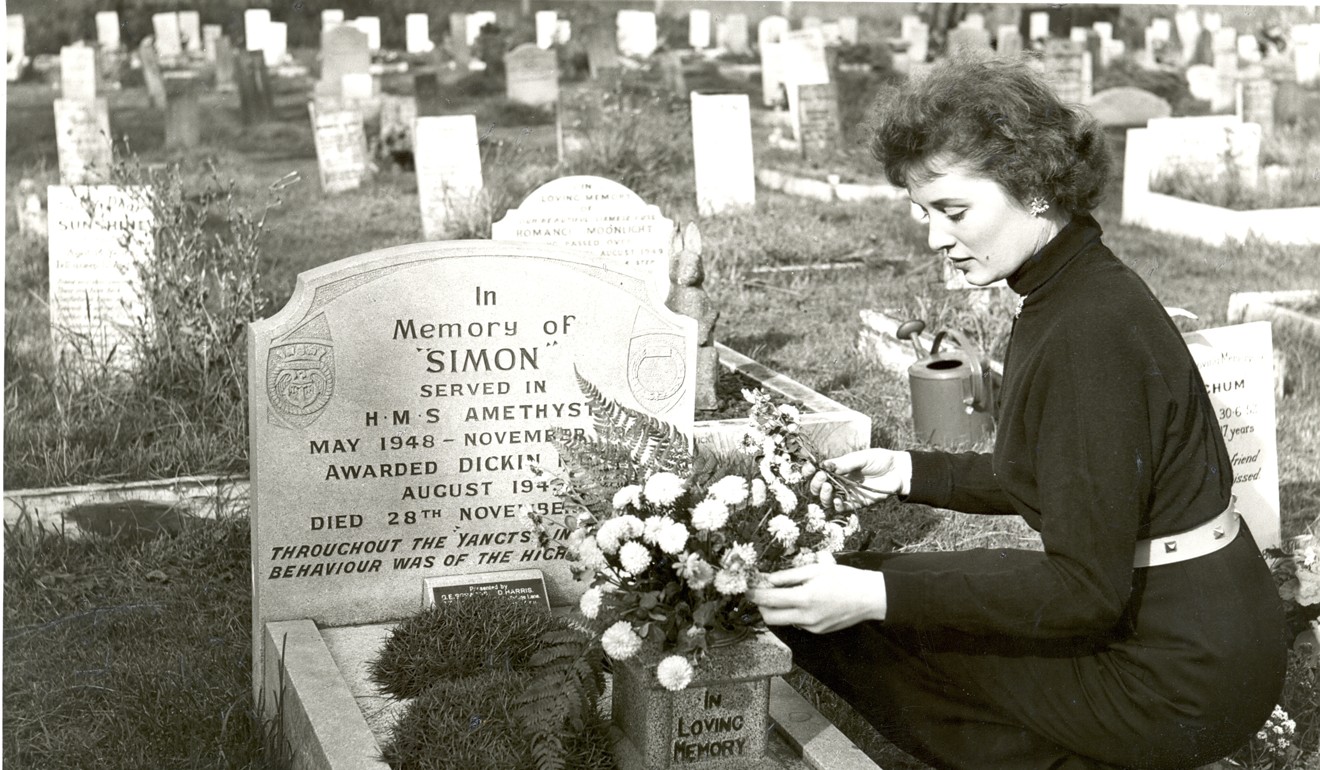
IN MEMORY OF “SIMON”
SERVED IN H.M.S. AMETHYST
MAY 1948 – NOVEMBER 1949
AWARDED DICKIN MEDAL
AUGUST 1949
DIED 28TH NOVEMBER 1949.
THROUGHOUT THE YANGTZE INCIDENT
HIS BEHAVIOUR WAS OF THE HIGHEST ORDER
“I have visited his grave many times,” says Hett, adding that five Yangtze incident veterans from the HMS Amethyst attended last month’s annual reunion.
In 1993, Simon’s Dickin Medal was bought at auction by Eaton Films for more than US$42,000.
In 1950, US writer Paul Gallico, whose most famous work was The Poseidon Adventure, dedicated his novel Jennie to Simon.
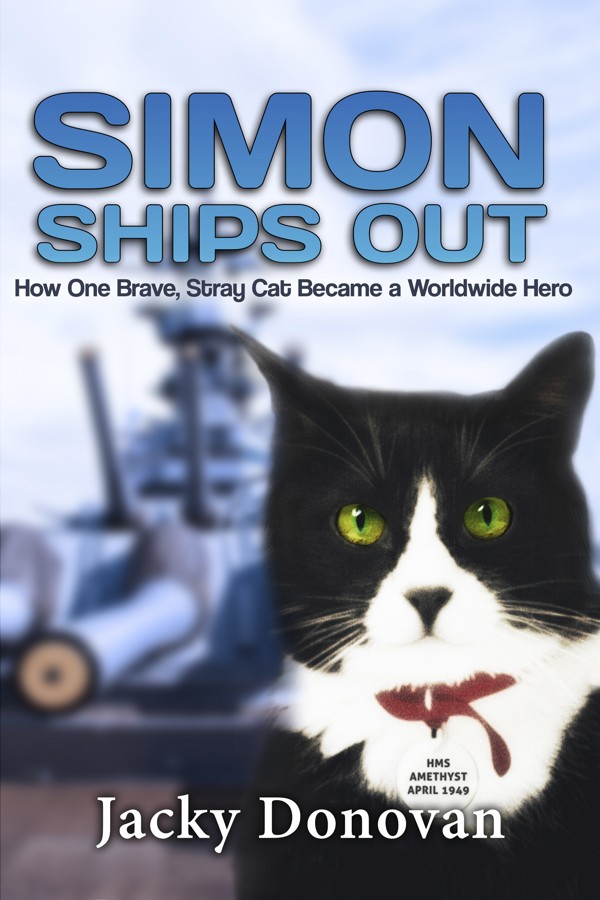
“When I heard about Simon from a historical point of view, I was entranced by his story,” Donovan writes in an email from Nepal, where she is travelling. “I thought it would be wonderful to bring his story to life for cat lovers and animal lovers, and to tell it through his eyes as he boarded the ship then grew up and became famous. I’m afraid of animals, so not a cat lover, but his story was so inspirational that I felt compelled to write about it,” Donovan says.
“I tell the story as if I am in Simon’s paws and he’s narrating. He was smuggled on board HMS Amethyst by one of the sailors in Hong Kong in 1948. The ship was on a peacekeeping mission up the Yangtze River at the time but a battle ensued between the Chinese [communists] and the British in 1949, during which the ship was grounded and many sailors killed or injured. Simon himself was badly hurt, but was stitched back together by the ship’s doctor.
“To bring his story to life, Simon narrates it in a slightly cute and childlike way, using strange English at times and coming up with descriptions of the world as he saw it through a kitten’s eyes. I also had him befriend Peggy, the ship’s dog, so he had someone to chat to. Together they discuss the crew, events on the ship and their own horror as war unfolds. Simon’s language improves as he himself matures and grasps the situation, but he still maintains a humorous perception of the world as seen through his innocent eyes.
“As much as possible, I adhere to the actual events as they unfold.”
Donovan says the story has reached thousands of cat- and animal lovers worldwide.
It is available in English, Portuguese, Italian and Chinese, and is being translated into Spanish and Japanese.

